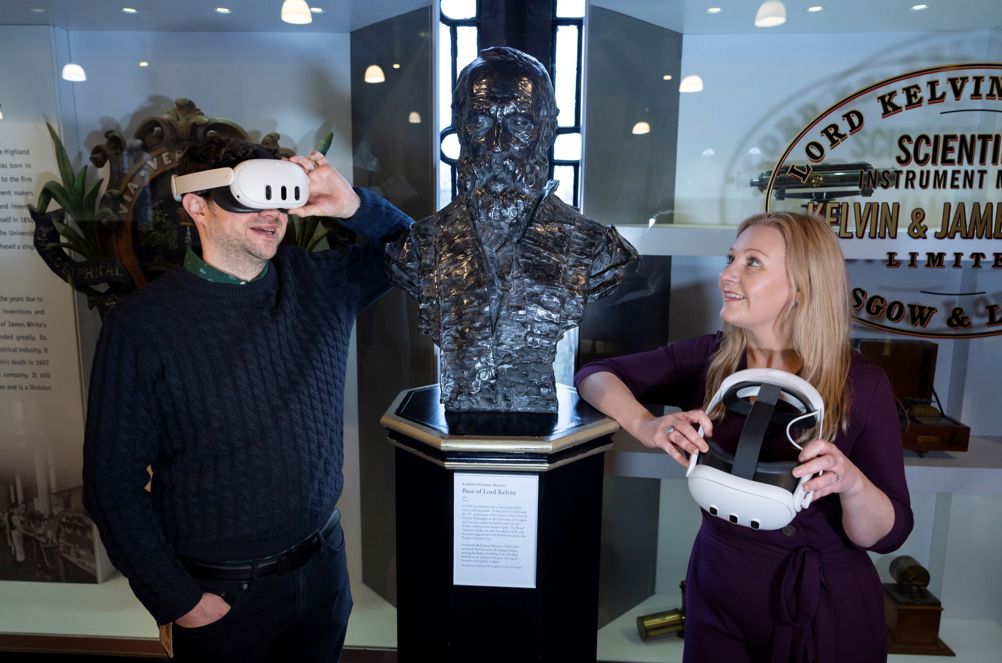The virtual exhibition showcases items from The Hunterian, the oldest public museum in Scotland. It features a series of digitised scientific instruments and artefacts related to Kelvin's work at the University of Glasgow, many of which are not normally on public display.
Related content
Items on display include sections of submarine telegraph cable from the era of the first transatlantic communications, highlighting Kelvin’s key role in the development of the world’s first transatlantic telegraph cable. Visitors can also see two versions of the mirror galvanometer, developed by Kelvin to help carry telegraph signals across long-distance cables. Born in 1824 in Belfast as William Thomson, Kelvin is widely regarded as one of Britain’s greatest ever scientists and engineers.
The exhibition is the latest development in the £5.6m Museums in the Metaverse project, led by Glasgow University, which is digitising assets from cultural collections around the world to make them available in virtual reality form online.
“We’re delighted to be part of the university’s bicentenary celebrations of the birth of Lord Kelvin, and to work with our colleagues at The Hunterian to put some of their lesser-seen items on virtual display,” said Dr Pauline Mackay, a curator for Museums in the Metaverse.

“Since the project began last year, we’ve digitised hundreds of objects from collections around the world and will make them available for people to build their own virtual museum collections online from spring next year. This virtual exhibition is the first themed museum we’ve built from the ground up to showcase a single collection, and we’re very proud of the work we’ve put in to create a 19th-century lab environment which showcases Kelvin’s life, work and legacy.
Kelvin first enrolled as a student at Glasgow aged just 10. The objects displayed in the virtual exhibition are displayed in a digital recreation of a typical 19th-century University of Glasgow laboratory, built from historic photos of Kelvin’s labs. The space is illuminated by the glow of early electric lighting, highlighting Kelvin’s role as a pioneer of electricity – his house on the campus was one of the first in the world to be lit entirely by electric bulbs.
“It really does feel like visitors are transported back in time to see for themselves objects once handled by Lord Kelvin or developed through his research, and it’s a tremendous showcase for the power of virtual reality,” said Dr Mackay.
The Museums in the Metaverse platform is supported by £5.6m in funding from the UK Government’s Innovation Accelerator programme. It is being developed by the University of Glasgow in partnership with immersive learning platform Edify, Historic Environment Scotland and National Museums Scotland.











Radio wave weapon knocks out drone swarms
Probably. A radio-controlled drone cannot be completely shielded to RF, else you´d lose the ability to control it. The fibre optical cable removes...